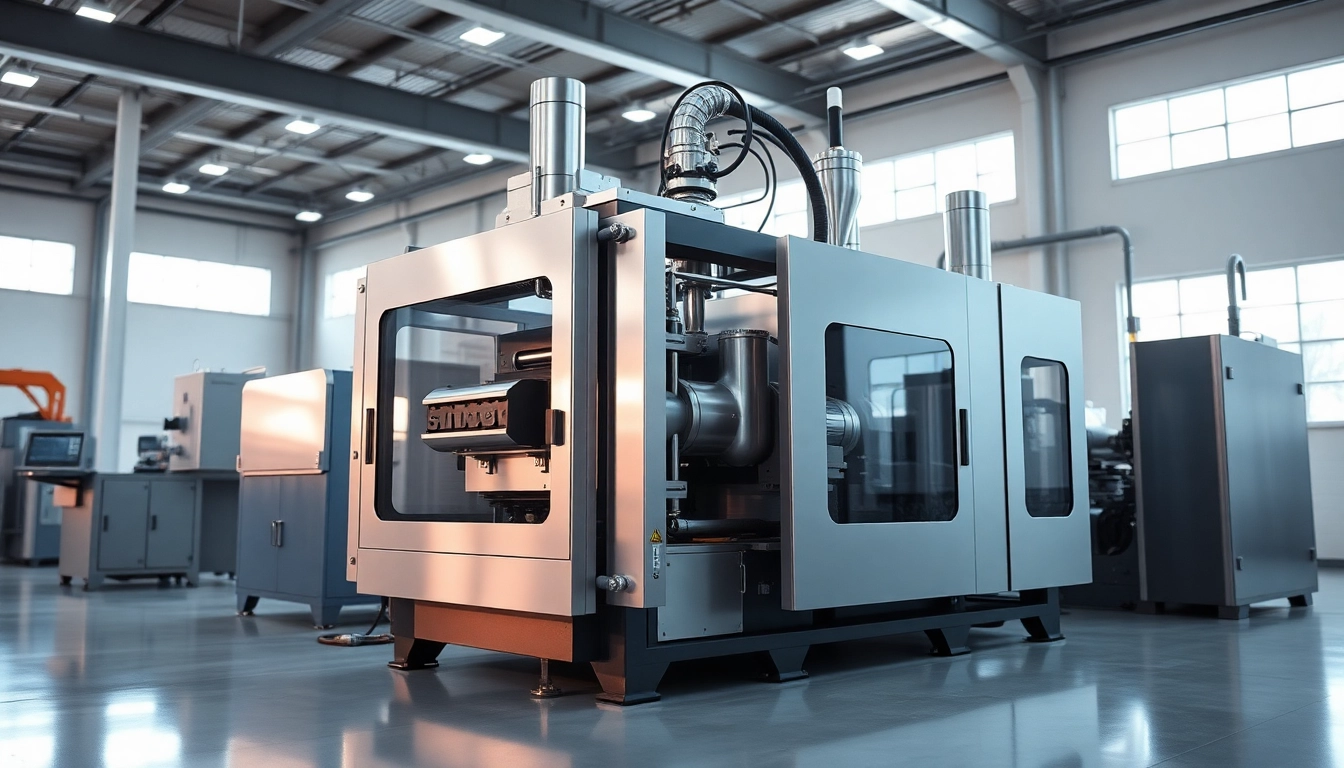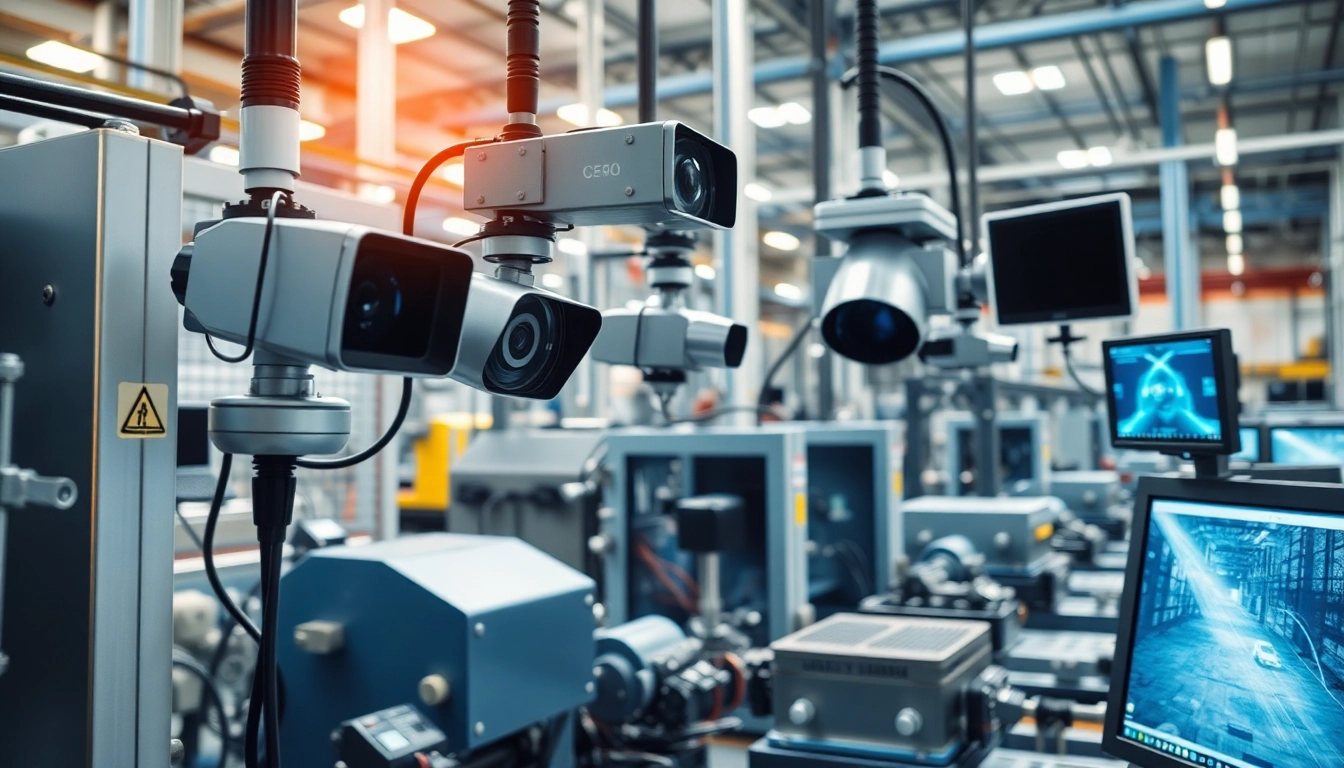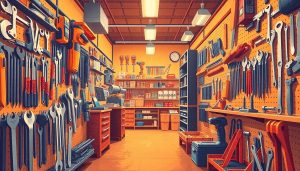Advanced Blow Molding Machines: Precision and Efficiency in Plastic Production
Understanding Blow Molding Machines
Blow molding is a critical process in the manufacturing of plastic products, allowing for the mass production of containers and various shapes. This highly efficient method utilizes a combination of heat and air pressure to form hollow plastic parts. One of the most significant advantages of using a Blow Molding Machine is its ability to produce lightweight, durable items at a rapid pace, making it ideal for industries ranging from packaging to automotive components.
What is Blow Molding?
Blow molding is a process used to create hollow plastic parts by inflating a softened plastic tube (called a parison) inside a mold. The three primary types of blow molding processes include extrusion blow molding (EBM), injection blow molding (IBM), and injection stretch blow molding (ISBM). Each method has unique characteristics, applications, and equipment requirements.
Types of Blow Molding Processes
1. Extrusion Blow Molding (EBM): This technique involves extruding a parison through a die and then enclosing it in a mold. Air is injected into the parison to expand it and press it against the walls of the mold.
2. Injection Blow Molding (IBM): In this method, the plastic is first injected into a preform shape, which is then moved to a blowing station where it is inflated to form the final shape.
3. Injection Stretch Blow Molding (ISBM): This process involves stretching the preform while it’s being inflated, resulting in a higher quality finish and improved strength of the final product.
Applications of Blow Molding Technology
Blow molding is widely applicable across various sectors:
- Packaging: Commonly used to make bottles for beverages, cleaning products, and cosmetics.
- Automotive: Utilized for producing components like fuel tanks and instrument panels that require lightweight yet sturdy plastic parts.
- Consumer Goods: Items such as toys, household containers, and industrial parts often use blow molding for their production.
Key Features of Modern Blow Molding Machines
Advancements in technology have led to the development of sophisticated blow molding machines, enhancing efficiency, productivity, and sustainability in manufacturing.
Efficiency and Speed
Modern blow molding machines are designed to operate at higher speeds, significantly reducing cycle times compared to older models. The integration of servo technology allows for finer control over the machine’s operations, resulting in a smoother workflow and improved output.
Automation and Control Systems
The rise of automation in blow molding has transformed the manufacturing landscape, enabling machines to operate with minimal human intervention. Sophisticated control systems allow operators to monitor and adjust parameters in real time, leading to increased precision and less waste during production.
Energy Consumption and Environmental Impact
With growing concerns over energy consumption and environmental impact, manufacturers are focusing on developing blow molding machines with lower power requirements. Innovations such as multi-layer molding and the use of recycled materials are becoming increasingly prevalent as companies strive to minimize their carbon footprint while maintaining product quality.
Selecting the Right Blow Molding Machine
Choosing the appropriate blow molding machine involves careful consideration of several factors to meet production needs effectively.
Understanding Production Needs
Before selecting a machine, it’s essential to evaluate the specific requirements of your production line, including:
- Type of products to be manufactured (e.g., bottles, containers, automotive parts).
- Production volume and batch size.
- Material types and specifications.
Cost Considerations and ROI
The initial investment in a blow molding machine can vary significantly based on its features and capabilities. It’s crucial to analyze long-term operational costs, including maintenance, energy consumption, and potential savings from increased efficiency. Generally, machines that offer multifunctionality and higher efficiency tend to provide better ROI over time.
Manufacturer Comparisons
When selecting a manufacturer, consider their reputation, customer support, and service offerings. Leading manufacturers often provide detailed technical documentation, training for operators, and after-sales support to ensure optimal performance of their machines.
Maintenance of Blow Molding Machines
Regular maintenance is vital for extending the lifespan of a blow molding machine and ensuring consistent production quality.
Importance of Regular Maintenance
Routine maintenance helps to identify potential issues before they escalate, reducing downtime and maintenance costs. It is advisable to establish a maintenance schedule that aligns with the machine’s usage and operating conditions.
Common Issues and Solutions
Some common problems encountered with blow molding machines include:
- Inconsistent product quality: This can often be traced back to issues with temperature or pressure settings. Regular calibration can help maintain consistent outputs.
- Mechanical failures: Regular inspections and timely replacement of worn-out components can prevent unexpected breakdowns.
- Energy inefficiency: Implementing energy audits can pinpoint areas for improvement, leading to lower operating costs.
Tips for Extending Machine Lifespan
To maximize the lifespan and efficiency of blow molding machines, consider the following tips:
- Adhere to the manufacturer’s recommended maintenance schedules.
- Train staff adequately to operate machines properly.
- Monitor production conditions regularly for optimal performance.
- Keep the machine clean and free from debris that could hinder operations.
The Future of Blow Molding Technology
The blow molding industry is continuously evolving, driven by technological advancements and shifts in manufacturing practices.
Innovations in Blow Molding Machines
Recent innovations include the integration of advanced software for process monitoring and optimization. Enhanced features such as smart sensors can provide real-time data, helping operators make informed decisions swiftly, resulting in reduced waste and increased productivity.
Trends Shaping the Industry
Several trends are shaping the future of blow molding, including:
- Sustainable manufacturing: Manufacturers are increasingly focusing on using biodegradable materials and implementing recycling technologies.
- Customization: With advancements in 3D printing and manufacturing technologies, businesses can offer more customized solutions, leading to increased competitiveness.
- Integration of Industry 4.0 technologies: The Internet of Things (IoT) and artificial intelligence (AI) are becoming integral to monitoring and optimizing manufacturing processes.
How Automation is Changing Manufacturing
Automation is redefining production reliability and efficiency, effectively eliminating routine manual tasks and allowing skilled workers to focus on more complex activities. Automated packing and quality control systems can also contribute to reducing labor costs and increasing overall productivity.














Post Comment